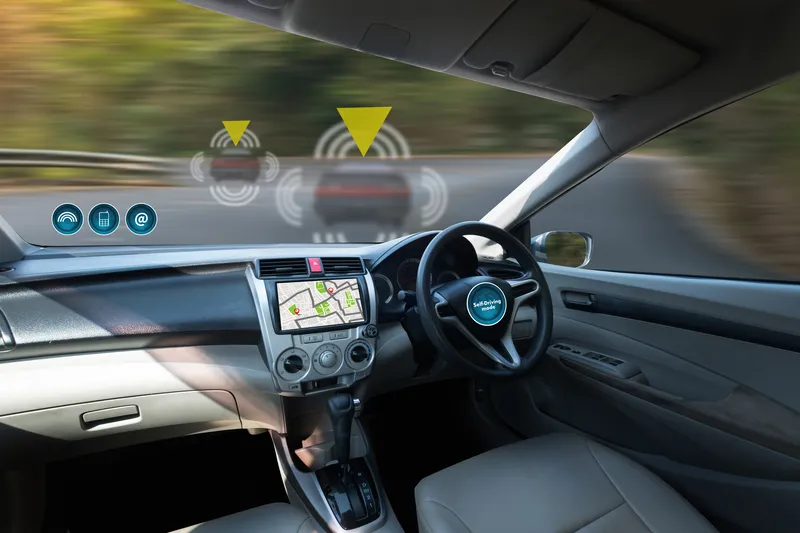Research and Markets’ latest report, Global Automotive Park Assist Systems Market 2014-2018, forecasts the global automotive park assist systems market to grow at a CAGR of 6.53 per cent over the period 2013-2018. One of the key factors contributing to this market growth is the increasing demand for various advanced driver assistance systems (ADAS). The global automotive park assist systems market has also been witnessing the increasing adoption of camera-based systems. However, the recent economic slowdown
May 2, 2014
Read time: 2 mins
The report has been prepared based on an in-depth market analysis with inputs from industry experts and covers the Americas, and the EMEA and APAC region. It also covers the global automotive park assist systems market landscape and its growth prospects in the coming years. The report also includes a discussion of the key vendors operating in this market, including
Commenting on the report, an analyst from the team said: “The global automotive park assist systems market is driven by customer demand for rear view camera systems. As a result, these devices are becoming increasingly common as vehicle safety features. The EU and the US are in the process of making rear view camera systems mandatory in the near future. Moreover, the European new car assessment program standards actively promote pedestrian safety. In the US, the







